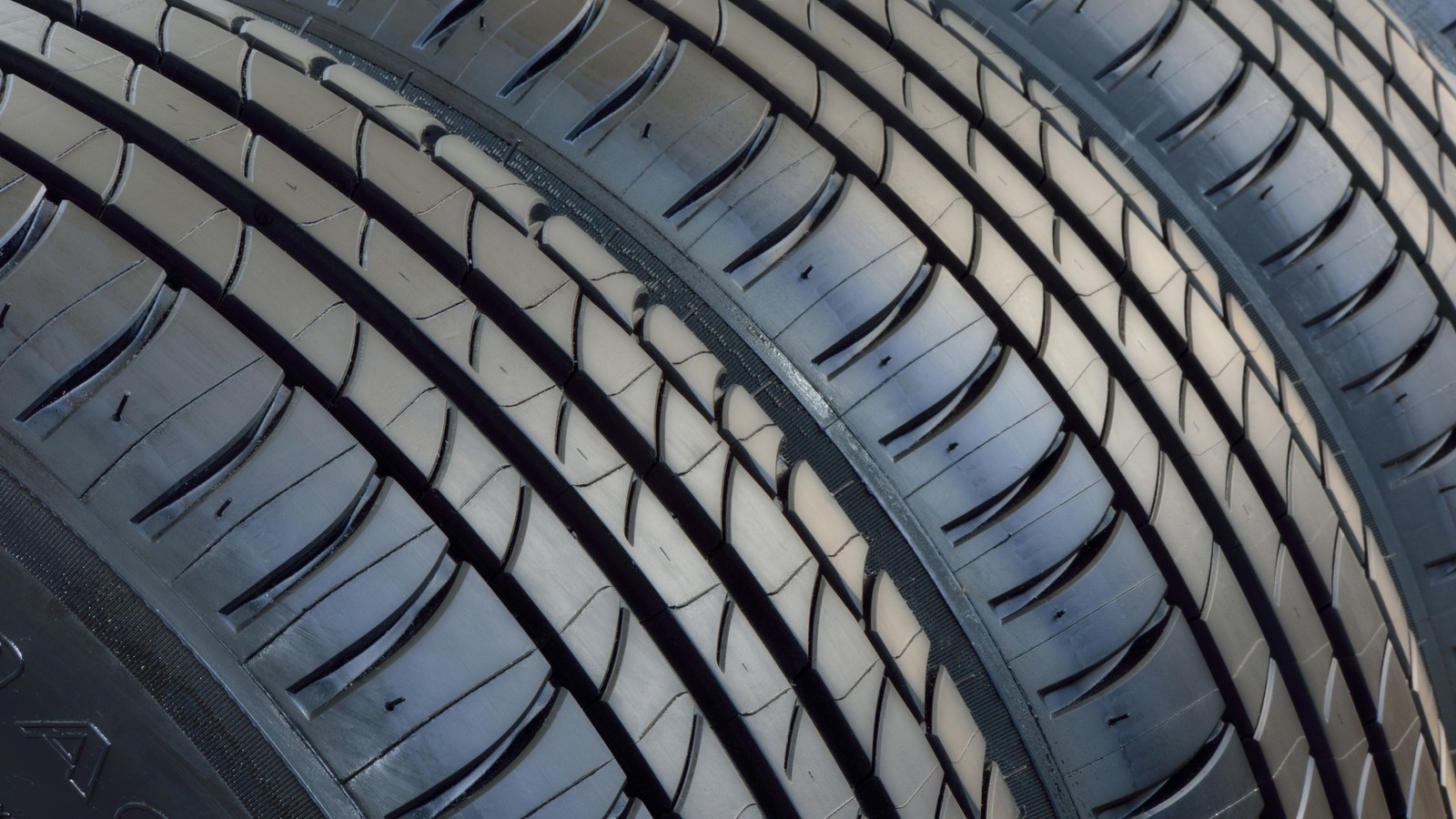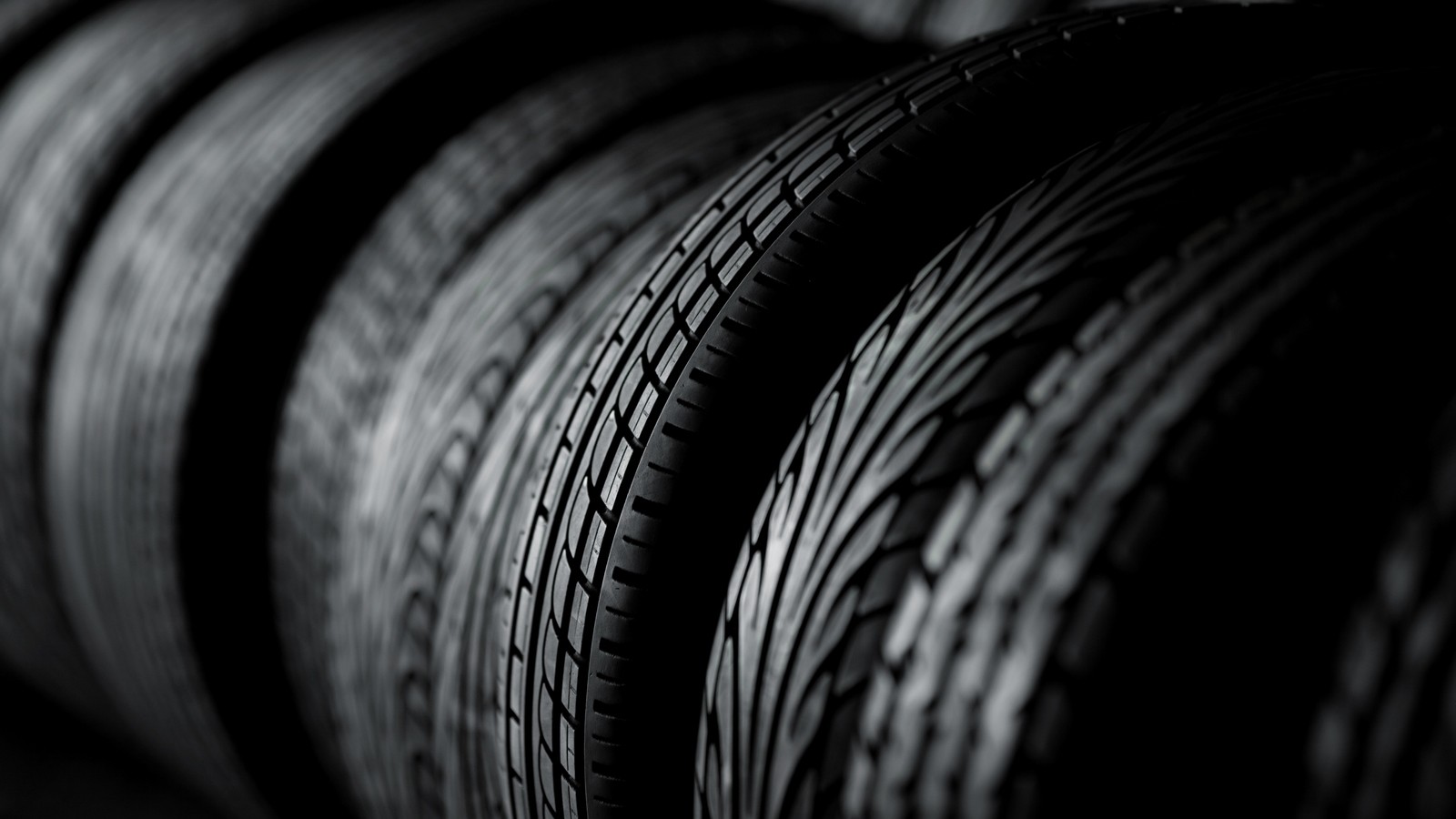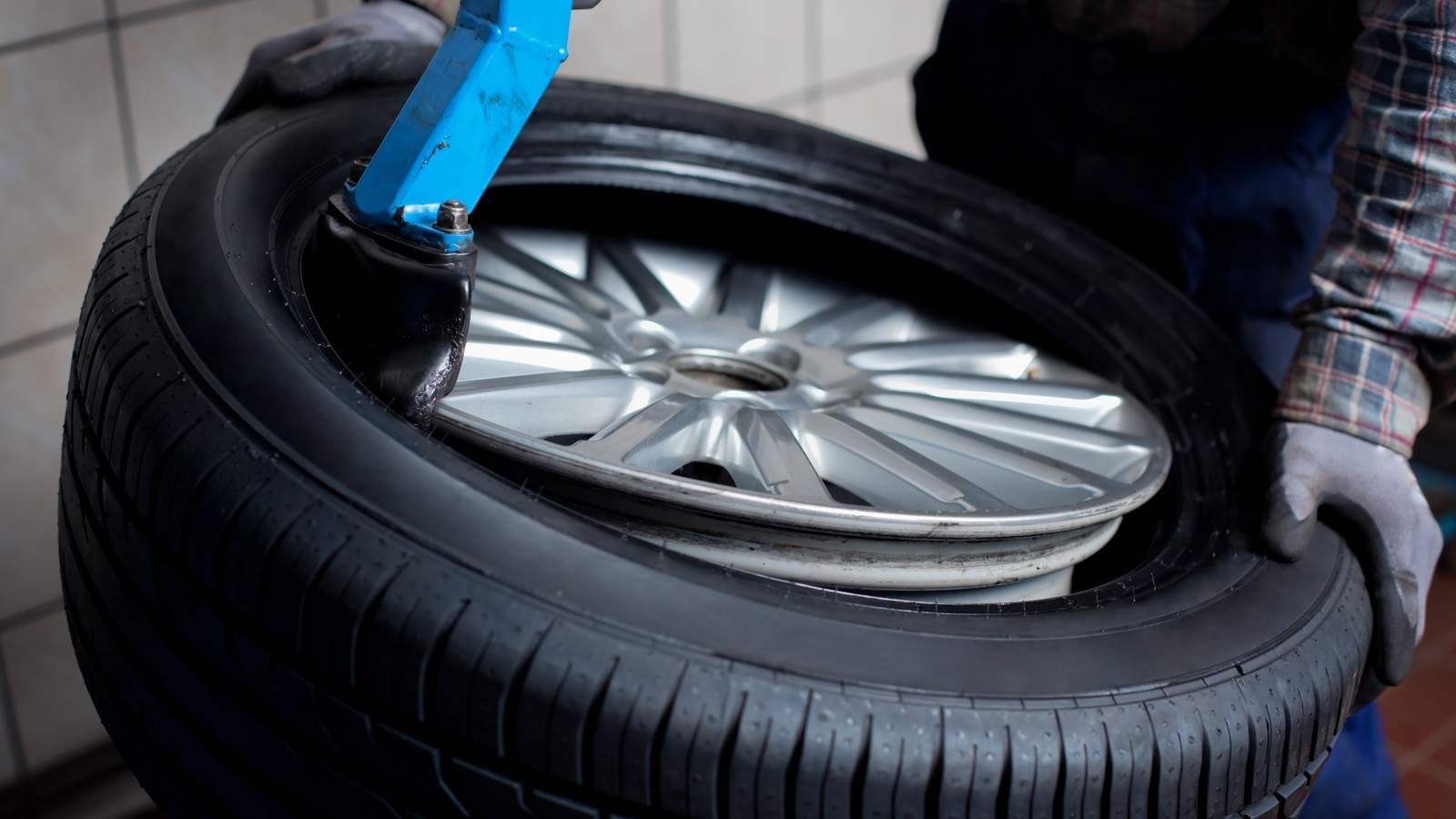With how to choose the right wheels for a car,. Now our task is to pick up tires. The markings on the sidewall of the tires are, perhaps, no less than the parameters on the disk, but in general it is somewhat easier to choose a tire. Let's find out what numbers like "185/70 R14 88H" mean and how to deal with them.
1. What needs to be done?
It is necessary to choose the right tire for a disk with the specified parameters or a specific car.
2. What tire parameters should be considered when buying?
When choosing tires, you need to consider the following parameters:
- seasonality;
- protector type;
- type of tire construction - chamber or tubeless;
- type of cord construction;
- mounting (or landing) diameter;
- tire width;
- profile height;
- load index;
- speed index.
As in the case with the choice of disks, we will make a reservation right away: if at this stage you don’t want to understand the numbers and indices, you can simply use the tire calculator of any major online store or online service where you can instantly select tires by specifying the model of your car or the characteristics of the drives you have.
However, if you continue to read, then it has already become clear to you that in fact the above list of parameters is quickly reduced to two or three points, since most of them are obvious or subjective characteristics. Let's go in order.

3. Seasonality
Seasonality is an obvious parameter: at the time of choosing tires, you perfectly understand whether you need winter or summer tires. The issue of choosing the so-called "all-weather" tires and its applicability in year-round operation is a topic for a separate discussion, as well as the choice of mud or "universal". Here it is only worth saying that they should be marked with a “snowflake” icon or the letters “M + S” or “M.S”.
4. Protector type
In general, the tread design can be symmetrical or asymmetrical, as well as directional or non-directional. The symmetrical non-directional tread pattern is the simplest basic pattern and is the most common and inexpensive. The directionality of the tread primarily increases its ability to effectively remove water from the contact patch - this is. Well, the asymmetric tread pattern is designed to combine good drainage and directional stability. The issue of choosing a projector pattern also deserves a separate discussion.

5. Type of tire construction - chambered or tubeless
Tires are designed to be used with or without a tube. However, in modern conditions, the issue of choosing a tire design is practically predetermined: almost all modern passenger tires are tubeless. Such tires are labeled with the inscription " Tubeless" (which means "tubeless") or " TL".
6. Cord construction type
The type of cord construction - the power part of the tire, its "skeleton" - is also a characteristic that does not require much attention when choosing modern tires: almost all of them today are radial. This fact is indicated by the very letter "R" in the tire marking: for example, the mark " 185/70 R 14 88H" means that this is a radial tire with a 14-inch bore diameter, and not a "radius" of 14 inches, as they often mistakenly say and believe .
7. Mounting (or landing) diameter
This is also an easy parameter if you already have rims for which you are choosing tires: the tire diameter must match the rim diameter. If you choose wheels with tires, you need to check in the owner's manual what diameter wheels are acceptable for use on your model, and only then match them with tires of the same size.
8. Tire width
Tire width is the first numerical index reflected in the tire marking. It is indicated in millimeters: the 185/70 R 14 tire has a width of 185 millimeters. This is perhaps the first parameter from our list, which may vary when choosing a tire for a particular wheel or car.

Articles / Practice
Stretch tires, aka “house”, aka tightness - why is it needed and how to do it right
What is this? The word "stretch" is a Russian transcription of the English stretch - "pull", and is pronounced similarly. The common spelling "stretch" is a misnomer. Simply saying...
49303 2 18 22.05.2015
The point here is that the disk can also have different widths, and the tire must sit correctly on the disk. A tire that is too narrow will sit like a “house” on the disk, which is unacceptable due to the high risk of spontaneous disassembly, and a tire that is too wide will “mushroom”, which is also unacceptable. Some areas of tuning like stance consider landing a “house” beautiful and take it out into a separate one, however, from the point of view of civilian operation, it is not justified and wrong.
Each car model has several options for wheel diameter and rubber dimensions suitable for operation. All these options recommended by the manufacturer are listed in the car's instruction manual: it is worth choosing from these data. In turn, a disk of a certain width has several valid tire options. Here the choice should be made depending on the desired characteristics.
First, wider tires usually provide a larger footprint and therefore better traction. Secondly, under the condition of the same diameter, tires of greater width have a smaller profile - we will talk about it a little lower. Thirdly, wider tires have a greater mass, which will slightly affect the dynamics of the car and fuel consumption. And fourthly, with the increase in the width of the tires, their tendency increases. In addition, tires of different widths have different final costs - as a rule, you will have to pay a few extra hundreds of rubles for additional millimeters. Thus, the width of the tires must be selected taking into account the range allowed by the manufacturer and the desired characteristics.
9. Profile height
The profile height, or series, is the second index reflected in the tire marking. It is indicated as a percentage of the tire width: that is, it is the ratio of the profile height to the width in percent. For example, a 185/70 R 14 88H tire has a profile height of 70% of its width. Calculating the height in millimeters is easy: you need to multiply the width by the profile and divide by 100 - for our tires this figure is 129.5 millimeters.

The height of the profile affects the characteristics of the tire. First, the higher profile provides better comfort and puncture resistance. Lower profile tires are therefore better at conveying the road profile to the suspension and bodywork, and are also more prone to damage when hitting imperfections in the roadway. Secondly, a lower profile provides better handling, and a higher profile, on the contrary, provides a greater “rolling” of the car. Thirdly, as mentioned above, given the same diameter, tires of greater width have a smaller profile - this must be taken into account when choosing in accordance with the desired characteristics.
Load index - a parameter that reflects the maximum allowable load on the tire during its operation. It is indicated by a digital index, indicated after the geometrical parameters of the tire: for example, our conditional tire 185/70 R 14 88H has a load index of 88. The decoding of the index can be found in the table given by the tire manufacturer - in our case, index 88 means an allowable load of 560 kilograms. When choosing tires, it should be borne in mind that the maximum permitted weight of the car, respectively, should not exceed the maximum load indicator multiplied by 4 - according to the number of tires on the car.
The speed index is a parameter that reflects the maximum allowable speed at which the tire retains its performance. This is an alphabetic index, the decoding of which also needs to be specified in the table provided by the manufacturer. Tires of the same diameter can have a different speed index depending on other parameters - width, profile, rubber compound and, accordingly, price. If the parameter of the maximum allowable operating speed is important to you, then you need to choose tires of a high price category with the best consumer qualities.







